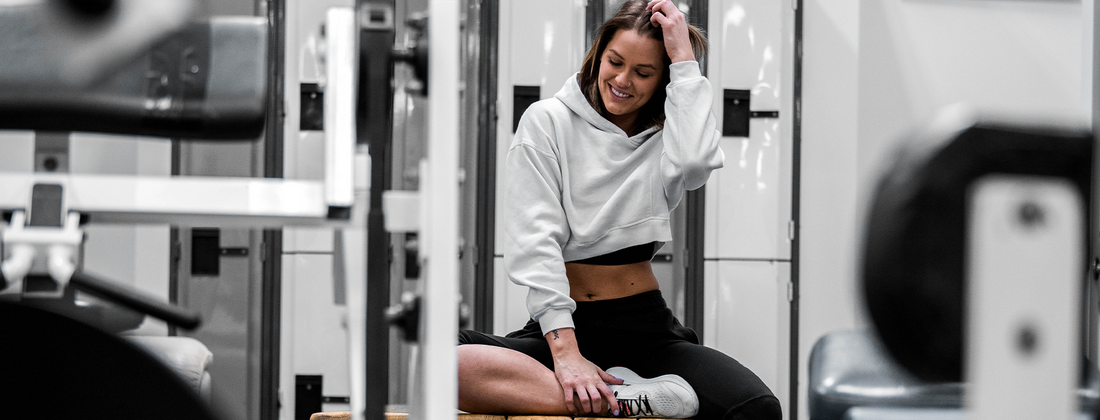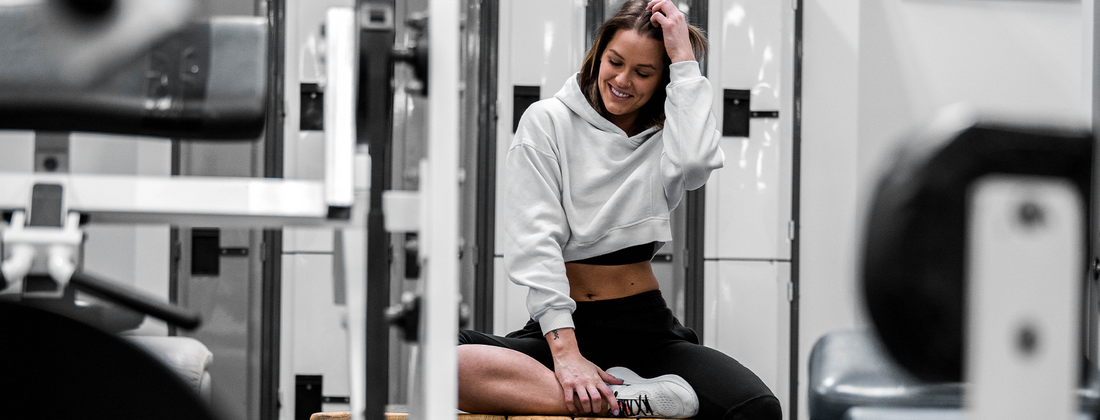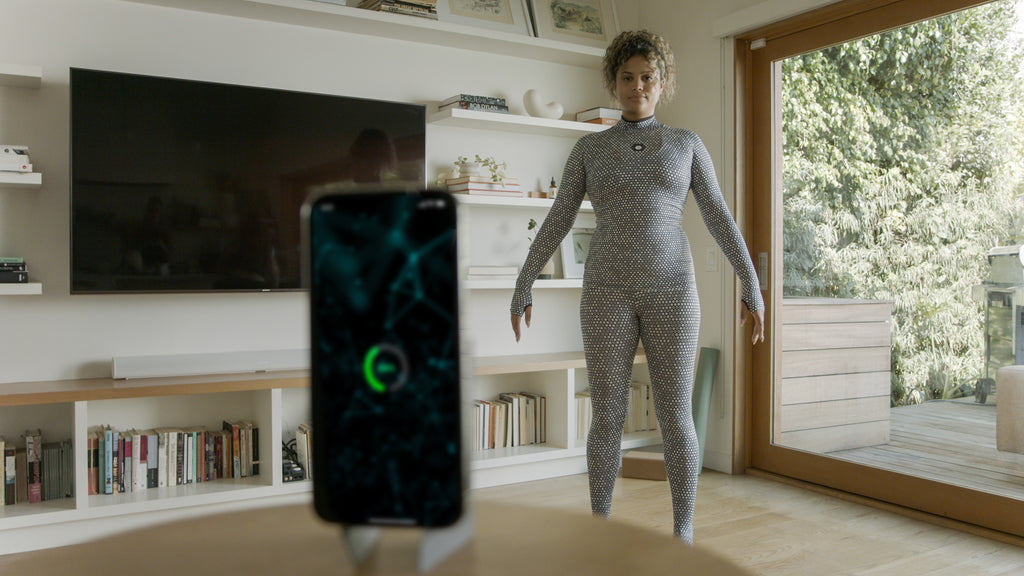

Use SMART Goals to Improve Your Fitness
Goal setting is a necessary part of any fitness journey, which is why ZOZOFIT recently launched the goal setting feature in our app so that we could better serve the needs of our community. Whether you run marathons, love lifting, or cycle for exercise, goals give you something to work toward and look forward to. Setting goals isn’t as simple as saying “I’m going to run more” or “I’m going to focus on core strength,” though.
When setting goals, we have to think strategically about how to set goals that we can actually achieve. This is where “SMART” goals come in. SMART is a framework that helps make your fitness aspirations tangible.
SMART goals have been popular in the workplace, but they’re easily transferable to fitness and are easy to incorporate with ZOZOFIT.
Why should I use SMART goals?
Using the SMART framework you can avoid creating vague, achievable goals. Let’s say you ran 250 miles in 2022. In 2023, you want to run more than you did in 2022, which is great! But if your goal is just “run more,” you don’t have an actionable plan to set out to complete it.
What if your fitness goal was instead to “run 300 miles in 2023.” With this goal, the plan is already built in.
Let’s go back to our other example: “I’m going to focus on core strength.” Instead, a better goal would be “I will lose 1 inch from my waistline.” Like running 300 miles in 2023, the revised goal gives you a plan (and a way to use ZOZOFIT’s body scanning technology).
How can I use ZOZOFIT for my SMART goals?
Your ZOZOSUIT and the ZOZOFIT app are the perfect tools for setting and achieving your SMART goals. Use the app’s built-in goal setting feature to track your progress, use body measurements to see your progress, and then reflect on your success with data from the app.

How do I set SMART goals?
SMART goals need to be five things: specific, measurable, achievable, relevant, and time-bound. These five attributes of the goal set you up for success with your fitness.
Specific
Being specific is incredibly important when setting fitness goals. This goes back to the examples we looked at above. When you set a specific goal — “lose 1 inch from my waistline” — you can avoid not knowing when you have achieved it.
Specificity also lets you dig deep and think about what you really want to achieve. Consider what is important to you in your fitness journey and why that is important to you. Developing this personal connection when setting fitness goals will also make you more likely to stick with your goals.
Measurable
When something is measurable, you can accurately track it and see your progress over time. Think about how you can quantify your goal to see improvements as you work toward achievement.
Your ZOZOSUIT is a great tool to use to make your goals measurable. No matter what your fitness goal is, you can track your measurements as you gain muscle, lose fat, or tone in different ways. If you want to see muscle gains in your arms, you can choose to set something like “increase upper arm measurement by 0.5”.”
Then, start tracking your progress on your goal and watch the measurements change as you get closer to the measurement you’re after. You might also use an app, spreadsheet, or even a piece of paper to write down your progress.
Achievable
You want to be able to achieve your goals — that’s the whole point. Making something achievable means that your goal is reasonable and takes your starting point (and your lifestyle) into consideration.
If you’re already lifting regularly and have been using your ZOZOSUIT, then increasing your upper arm measurement by 0.5” would be an achievable goal. You’re familiar with each part of the process, have some experience, and wouldn’t have to learn a new skill.
For someone who is new to the ZOZOSUIT, a similar achievable goal would be to use ZOZOFIT to measure your upper arm every two weeks and track the measurement. This would let you build a habit which you could then use to set up a future SMART goal.
Relevant
Your goals should make sense for you. Carefully consider what some of your long-term aspirations are. If you want to be a distance runner, then setting a SMART goal to improve your swimming doesn’t make any sense — but neither does setting a goal to only run 1 mile everyday.
To run far distances, you have to build endurance and you can only do that by pushing yourself. Similarly, you wouldn’t want to use ZOZOFIT to scan body measurements in your waist, if you’re focused on bulking up your upper body.
Also make sure your goals make sense for your lifestyle and what fitness resources you have access too. If you’ve never run a 5k but want to run a marathon, maybe you should rethink that goal.
Your goals should be something that you can actually do — not too easy, but not too difficult either.
Time-bound
When do you want to complete your fitness goals? A lot of people choose to make their New Year’s Resolution to increase their fitness, but January 1 - December 31 isn’t the only time frame for goals.
Choose a time frame that works best for you and also makes sense for the goal you are setting. Want to run a 5k? A great way to set a time-bound goal is to sign up for a local 5k taking place in a few months. It gives you a specific date to work toward and also fits right in with the rest of the SMART framework.
New to body measurements? Let your goal be building a habit to take measurements with your ZOZOSUIT every two weeks for 6 months and record the changes. Or, choose to lose 0.5” in the waist within a year.
Whatever you do, make sure the time frame you’ve selected is reasonable. There’s no way to drastically change body measurements or couch to 5k in only two weeks.


![zf-w-[168px] zf-h-[40px]](http://zozofit.com/cdn/shop/t/15/assets/logo-desktop.png?v=117713855448369080381753069598)


